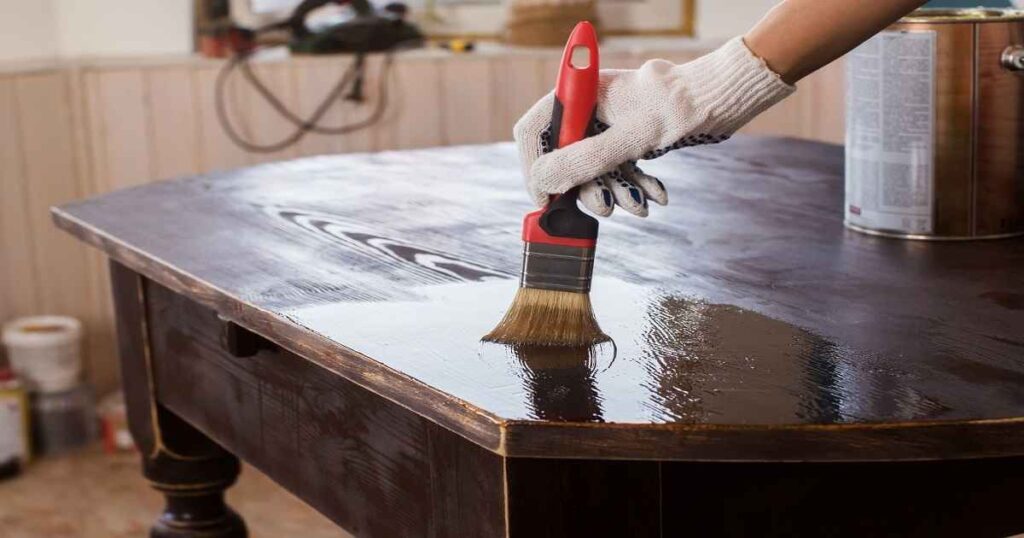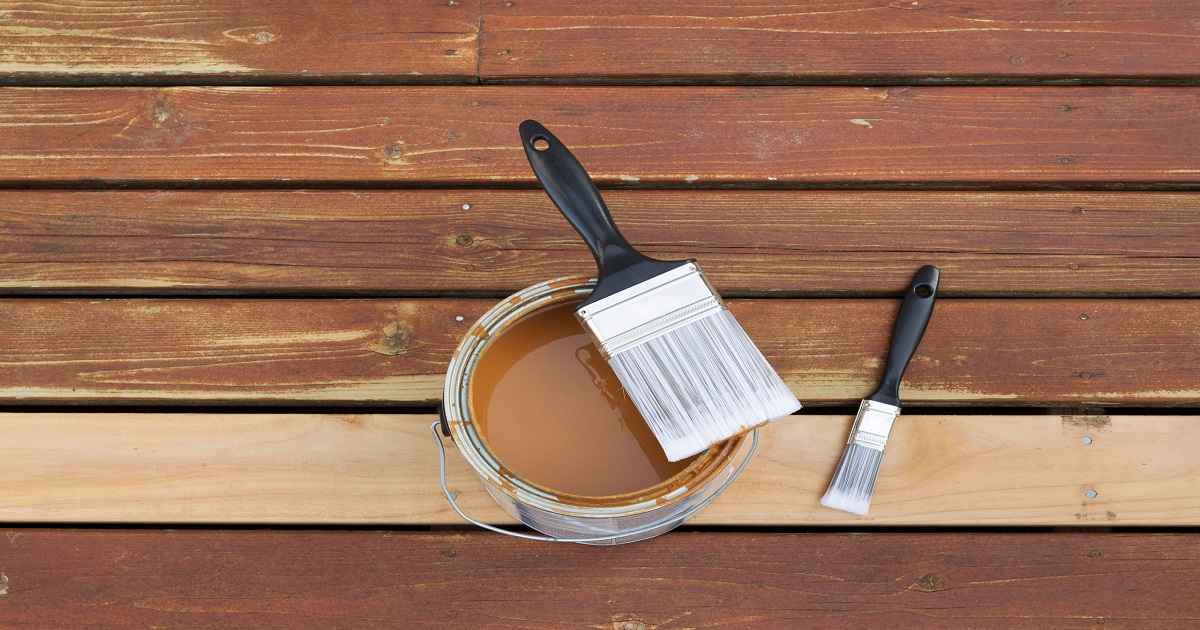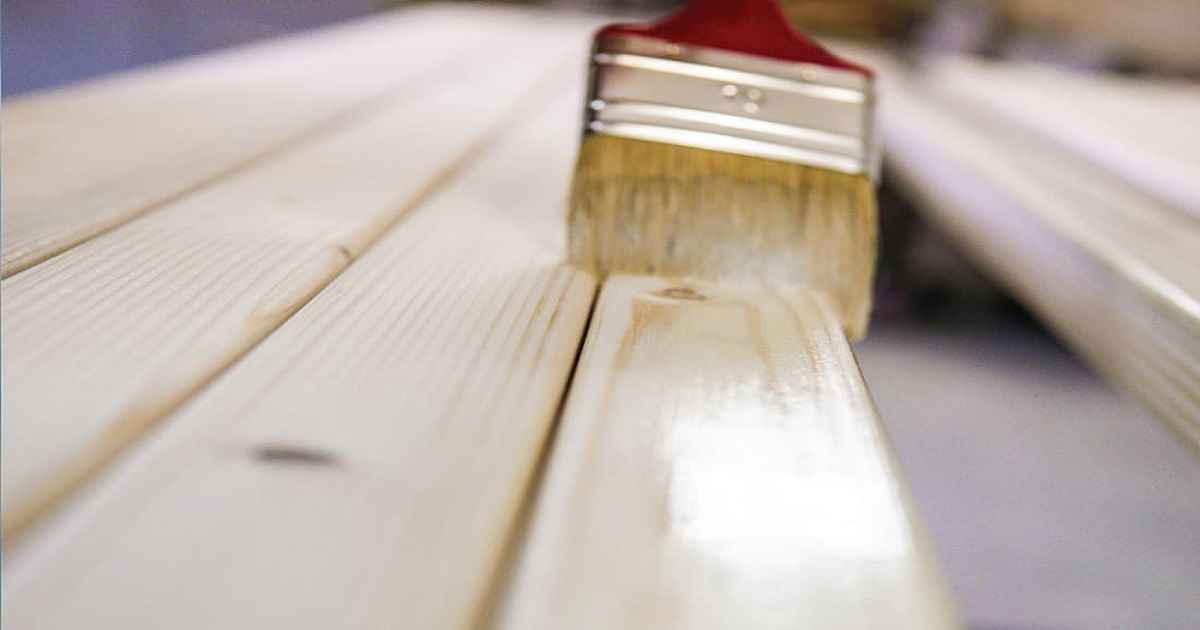Is It Better To Stain Or Paint Wood Furniture
Stain vs. Paint for Wood Furniture: What’s Best?
When it comes to finishing wood furniture, the debate between staining and painting is a common one among DIY enthusiasts and professionals alike. Both methods offer unique benefits and drawbacks, and the best choice often depends on the type of wood, the desired aesthetic, and the piece’s intended use. In this comprehensive guide, we’ll delve into the nuances of staining and painting wood furniture, helping you make an informed decision for your next project.
Understanding the Basics
Before deciding whether to stain or paint your wood furniture, it’s essential to understand what each process entails and how it affects the wood.
Stain: Revealing the Beauty Within
Staining involves applying a thin, translucent coat of color that penetrates the wood, accentuating its natural grain and texture. Stains come in a variety of shades, allowing for flexibility in achieving a desired look. The result is a finish that highlights the wood’s inherent beauty, making it ideal for high-quality wood with attractive grain patterns.
Paint: A Bold and Protective Coat
Painting, on the other hand, involves applying a thick, opaque layer of color that completely covers the wood’s surface. This method provides a uniform color and texture, masking any imperfections or variations in the wood. Paint offers a wide range of color options and is excellent for creating a bold statement or refreshing outdated furniture.
The Pros and Cons of Staining Wood Furniture
Staining wood furniture has its advantages and disadvantages, which are crucial to consider before starting your project.
Pros:
- Enhances Natural Beauty: Stain showcases the wood’s natural grain, making it perfect for pieces with attractive wood textures.
- Variety of Finishes: Available in various opacities, from transparent to solid, stains offer flexibility in the level of wood grain visibility.
- Maintenance and Repairs: Stained furniture is generally easier to touch up than painted furniture, as the natural wood grain can hide minor scratches and wear.
Cons:
- Requires Pre-Sanding: For the stain to apply evenly, the wood often needs extensive prep work, including sanding and possibly conditioning.
- Limited Color Options: Stain colors are typically natural wood shades, offering less variety than paint.
- Less Protection: Stains do not provide as much protection as paint and may require a top coat of clear sealer for durability.
The Pros and Cons of Painting Wood Furniture
Painting wood furniture also comes with its set of benefits and drawbacks.
Pros:
- Vast Color Selection: Paint allows for endless color possibilities, making it easy to match your furniture to your decor.
- Hides Imperfections: Paint can cover blemishes, stains, and varied wood grains, providing a smooth, uniform finish.
- Protective Layer: A coat of paint acts as a protective barrier for the wood, safeguarding against moisture, scratches, and wear.
Cons:
- Time-Consuming Preparation: Painting requires thorough prep, including sanding, priming, and sometimes multiple coats of paint for even coverage.
- Difficult to Reverse: Once painted, it’s challenging and often impossible to return the piece to its original wood look.
- Potential for Chipping: Over time, painted surfaces may chip or require touch-ups, especially on frequently used furniture.
Making the Right Choice for Your Furniture
Choosing between stain and paint for your wood furniture depends on several factors:
Consider the Wood Type
- High-Quality Wood: For pieces made of beautiful wood like oak, mahogany, or walnut, staining is often the best choice to highlight the natural grain.
- Lesser-Quality Wood: If the furniture is made from less attractive wood or has significant imperfections, painting can provide a clean, refreshed look.
Think About the Desired Aesthetic
- Traditional or Rustic: Staining is ideal for achieving a natural, warm, or rustic appearance, complementing traditional or country-themed decors.
- Modern or Eclectic: Painting is perfect for contemporary, minimalist, or eclectic styles, offering bold colors and a smooth finish.
Usage and Location
- High-Traffic Areas: Painted furniture is more resistant to wear and can be easier to clean, making it suitable for kitchen tables, children’s furniture, or outdoor pieces.
- Showcase Pieces: Stained furniture works well in living rooms or bedrooms, where the beauty of the wood can be appreciated without the risks of heavy use.
Best Practices for Staining and Painting
Regardless of your choice, following best practices ensures a successful finish.
For Staining:
- Prep the Surface: Sand the wood thoroughly to remove any previous finish and ensure even stain application.
- Apply Pre-Stain Conditioner: This helps prevent blotchiness, especially in softwoods.
- Test the Stain: Always test your stain on a scrap piece or hidden area to ensure you’re happy with the color.
- Seal for Protection: Apply a top coat of sealer to protect the stained wood and enhance its durability.
For Painting:
- Clean and Sand: Begin with a clean surface, and sand to improve paint adhesion.
- Prime the Wood: Use a quality primer to ensure a smooth, even coat of paint and reduce the number of paint coats needed.
- Apply Multiple Thin Coats: Thin, even coats of paint are less likely to drip or look uneven.
- Seal if Necessary: Depending on the use, you might want to seal painted furniture with a clear topcoat for extra protection.
Conclusion
The decision to stain or paint wood furniture boils down to personal preference, the type of wood, and the piece’s intended use. Staining preserves and enhances the wood’s natural beauty, making it ideal for high-quality pieces and traditional decor. Painting offers a broader color palette and a protective layer, suitable for transforming outdated furniture or items subject to heavy wear.
By carefully considering the factors outlined in this guide and adhering to best practices for preparation and application, you can achieve a finish that not only looks great but also stands the test of time. Whether you choose to stain or paint, the key to a successful furniture project is in the details and your dedication to the process.









